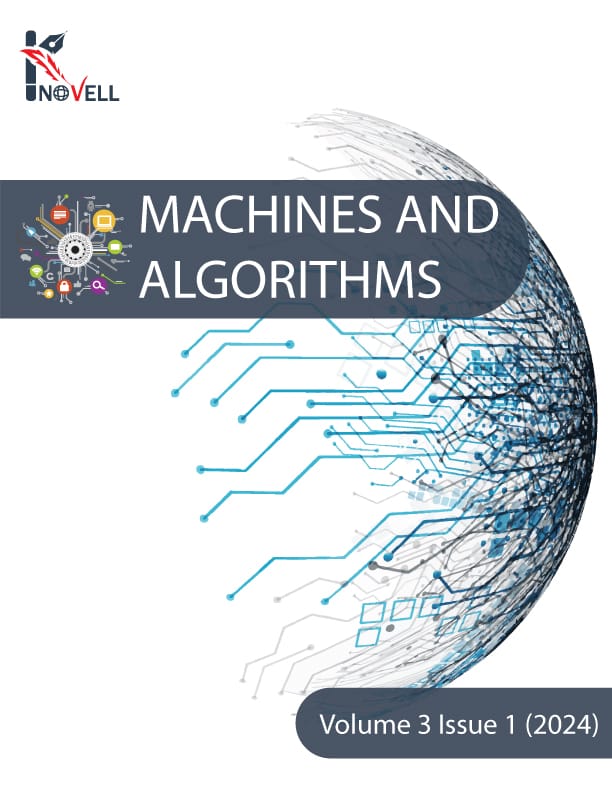Personalized Education Enhanced by AI and Predictive Analytics
Keywords:
e-learning recommendations, predictive analytics, time series analysis, VAR and ARIMA models, clustering and dimensionality reductionAbstract
Unlike conventional learning, where an instructor delivers a set of topics in a predefined sequence, e-learning allows students to learn an arbitrary series of topics. With the availability of many learning profiles containing sequences of learning items followed by various learners, educational institutions might generate recommendations for future learners. Predictive analytics techniques can be used to analyze existing sequences of students to recommend a new arrangement to a new student. This study presents a time series analysis framework to generate such recommendations. The proposed framework uses clustering for dimensionality reduction. The clusters are passed through moving window transformations and fed into time series analysis models. Two models are used for time series forecasting: the Vector Auto-regression Model (VAR) and Auto-Regressive Integrated Moving Average (ARIMA) model. The output of such time series analysis models can be used to propose a sequence of learning items to a new learner. We used several evaluation metrics to compare the performance of the two models. The VAR model achieved better performance for median absolute error (0.008), prediction of change in direction (28.4), and coefficient of determination (-0.01). The respective values for the ARIMA model were 0.009, 27.1, and -2.984. The ARIMA model outperformed the VAR model for root mean squared error (0.120), mean absolute percent error (0.010), akaike information criterion (-3499.2), and Bayesian information criterion (-3435.1). The respective values for the VAR model were 0.163, 0.019, -108.8, and -108.3. These results suggest that the ARIMA model achieved a higher accuracy and better model fit. In contrast, the VAR model captured improved directional changes for model features and explained a larger portion of the variance in data.



